In the fast-paced world of content creation, understanding your audience and anticipating trends is crucial for success. Leveraging AI-powered predictive analytics can significantly enhance your content strategy, allowing you to engage effectively with your target audience. Research shows that 84% of companies are utilizing AI to bolster their marketing efforts, which underscores the need for businesses to incorporate these tools into their strategies. AI tools not only offer deep insights into consumer behavior but also enable you to make informed decisions that align with market demands.
Predictive analytics harnesses sophisticated algorithms and machine learning techniques to analyze vast amounts of data, helping content creators and marketers anticipate shifts in consumer interests. By utilizing this technology, you can optimize how and when you publish content, resulting in a more tailored marketing approach. In this guide, we will explore practical applications of AI in content creation, the tools you can leverage for better engagement, and the ethical considerations you must consider as you integrate these technologies into your workflows.
How to Effectively Predict Content Trends Using AI
Effectively predicting content trends requires leveraging advanced AI tools to analyze user data, which helps forecast preferences and behaviors. Tools like Anyword and HubSpot AI stand out in providing valuable insights into what content is likely to perform well based on historical data.
Anyword offers a predictive performance score that estimates how well your content will perform before publication. By using this tool, you can make data-driven decisions that enhance your overall content strategy. Similarly, HubSpot AI includes smart lead scoring features that help you prioritize prospects for targeted marketing campaigns.
To incorporate trend forecasting into your strategy, follow these steps:
-
Utilize AI Software: Start experimenting with tools like Anyword and HubSpot AI, noting the predictive scores they generate for your content.
-
Monitor Engagement Data: Regularly track your content performance metrics to identify patterns and refine your strategies accordingly.
-
Establish Early Forecasting Cycles: Schedule regular reviews of your content strategy to adapt based on trending insights the tools provide.
By following these steps, you can build a more proactive content strategy that keeps you ahead of the curve.
Screenshot of Anyword dashboard showcasing its predictive analytics capabilities (Source: Feedough)
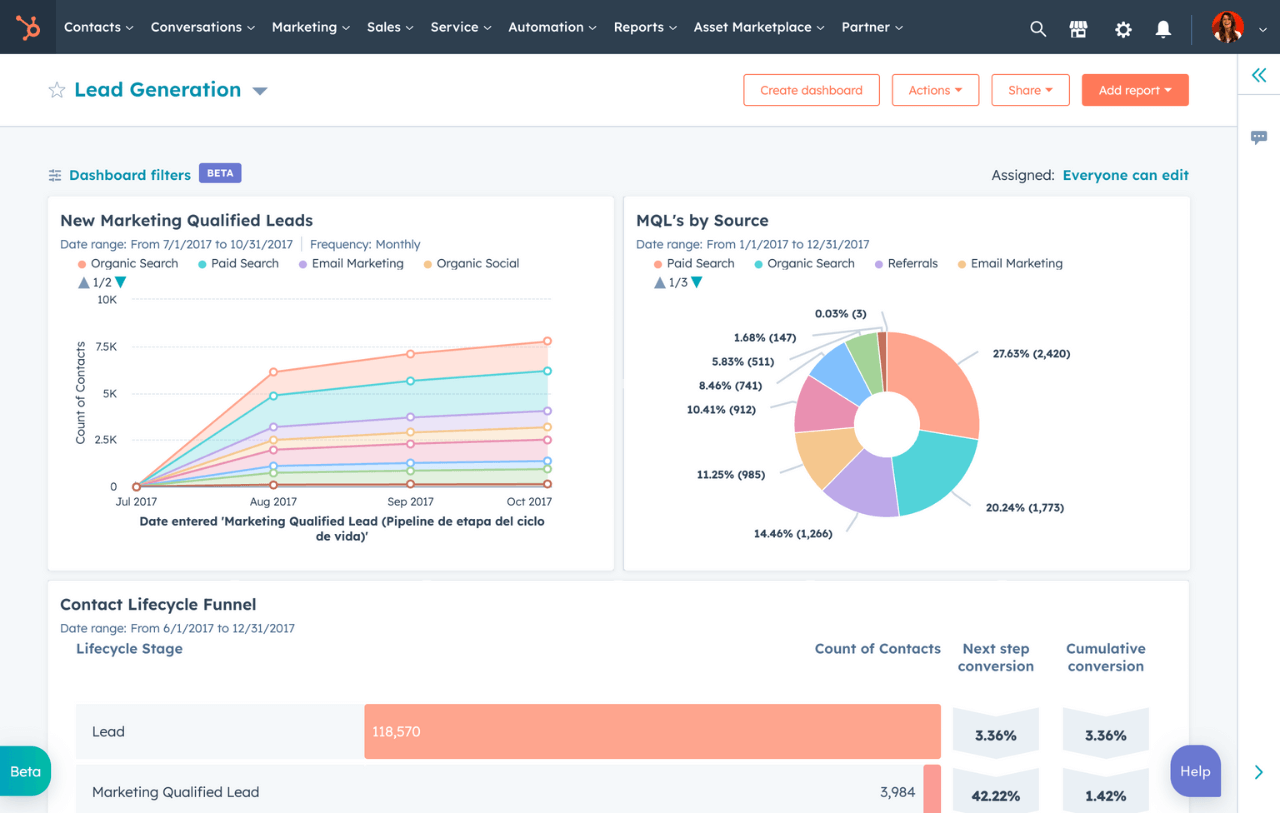
Screenshot of HubSpot AI tools offering insights into marketing analytics (Source: HubSpot)
Essential AI Tools for Engaging Content Creation
A variety of AI tools can significantly enhance your content creation process by streamlining tasks and improving overall effectiveness. Notable tools in this area include Anyword, HubSpot AI, and Google Analytics 4.
Anyword focuses on predictive analytics, allowing you to select the best marketing messages and formats based on performance data. HubSpot AI provides comprehensive marketing insights that enable personalized campaigns tailored to specific customer segments. Meanwhile, Google Analytics 4 integrates machine learning to generate predictive insights related to user engagement, offering a detailed understanding of your audience.
Consider the case of e-commerce retailer Bluefly, which experienced a $1.2 million increase in email revenue by utilizing Anyword. By adopting such tools, you can enhance your content creation and achieve your marketing objectives.
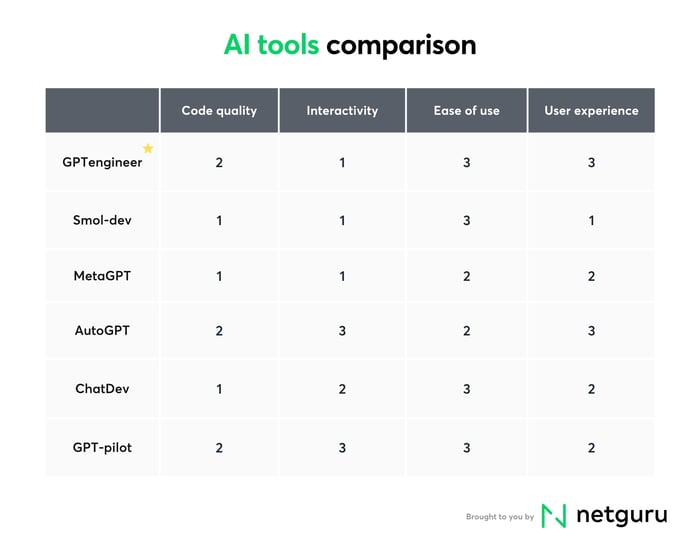
Comparison chart showcasing different AI tools available for content creation (Source: Netguru)
Measuring the Impact of Predictive Analytics on ROI
Determining the impact of AI-powered predictive analytics on your return on investment (ROI) is vital for ensuring your content strategies are effective. Key performance indicators (KPIs) are essential for tracking the success of your content. Metrics such as engagement rates, conversion rates, and customer acquisition costs should be monitored closely.
For example, Netflix has shown that AI recommendations significantly drive engagement—over 80% of content consumed on the platform is attributed to its recommendation system. Similarly, Starbucks enhanced customer loyalty with AI-driven features in its app, which led to measurable sales increases.
To effectively quantify the ROI from predictive analytics, consider these steps:
-
Identify Your KPIs: Determine which metrics are most relevant to your content goals and establish benchmarks.
-
Utilize Analytics Tools: Use platforms that provide insights based on predictive models to enhance your understanding of returns.
-
Regularly Review Data: Conduct routine assessments of your metrics to make timely adjustments to your content strategy.
Following these steps will help you gauge the effectiveness of your predictive analytics initiatives and refine your approach for maximum ROI.
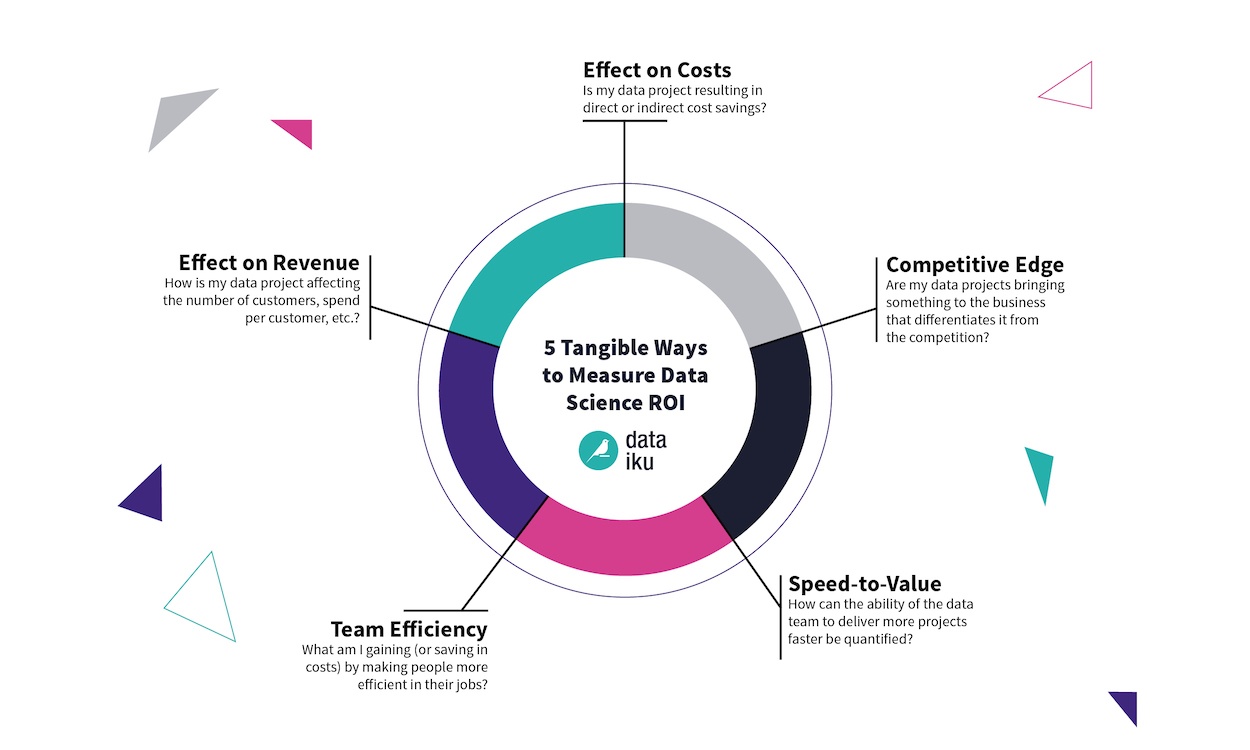
Graph displaying ROI statistics from predictive analytics applications in marketing (Source: Dataiku)
Optimizing Your Content Calendar with AI Insights
Leveraging AI insights can dramatically improve how you manage and optimize your content calendar. By integrating predictive analytics into this process, you can align content creation with audience engagement trends.
Begin by utilizing AI tools to analyze historical data trends, which will help you determine the best times to publish content and the optimal formats across different channels. Automating content scheduling ensures timely and relevant posts that resonate with your audience.
Additionally, regularly updating your content plan based on AI insights enhances your ability to remain relevant. For instance, if data reveals a shift in audience interests, you can adjust your editorial calendar to keep your content engaging and fresh.
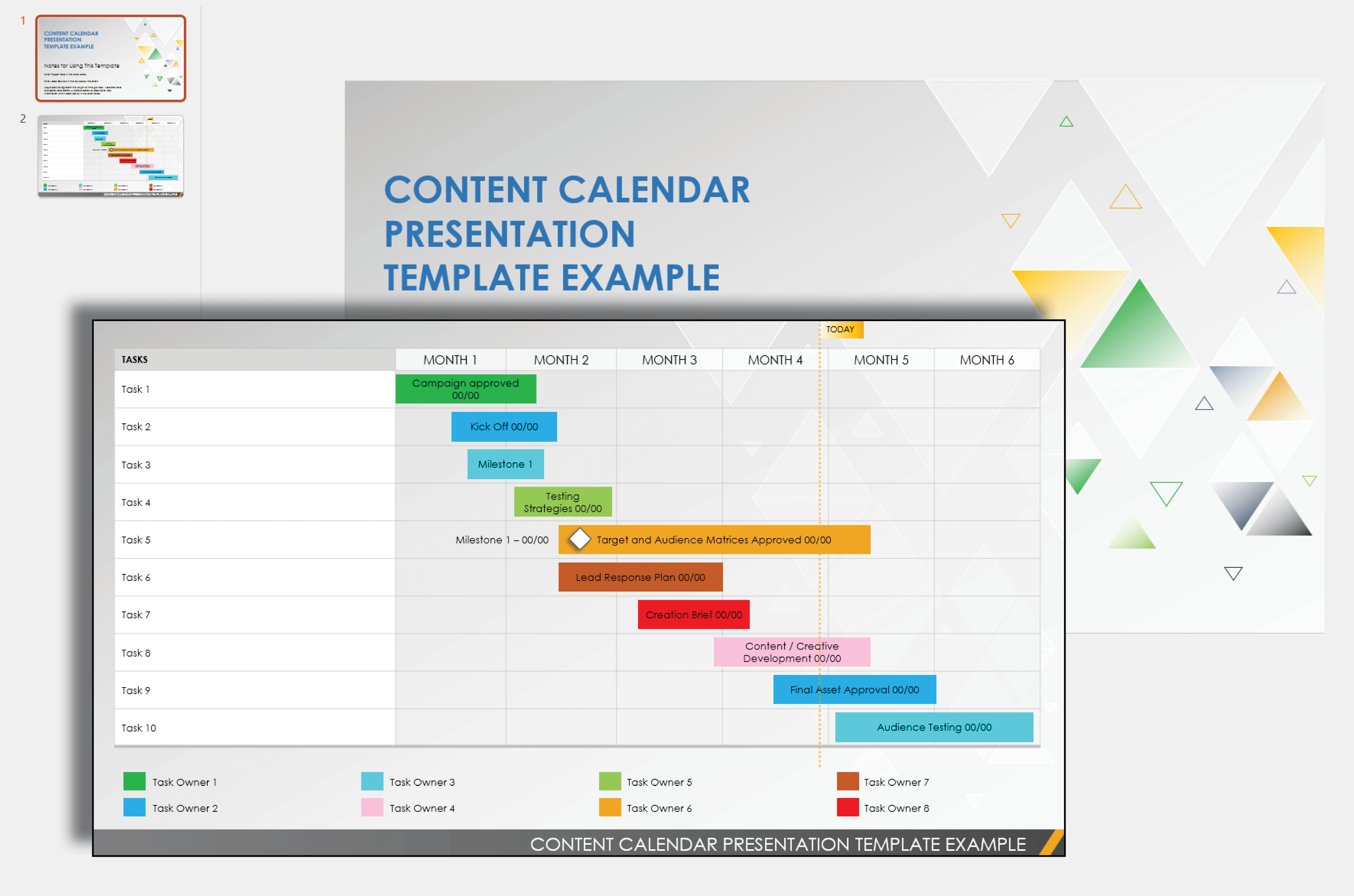
A visual flowchart of a content calendar effectively integrated with AI insights (Source: Smartsheet)
Ethical Considerations in Using AI for Content Prediction
While AI offers significant benefits in predictive analytics, it also introduces important ethical considerations that marketers must address. Data privacy is a major concern, especially with laws like GDPR and CCPA regulating how consumer data can be used.
It is essential to maintain transparency regarding data usage and ensure that users provide informed consent. Additionally, algorithms can potentially perpetuate biases if not properly managed, highlighting the need for ethical practices in algorithm design.
Here are some best practices for ethical AI implementation:
- Data Minimization: Collect only the data necessary for your objectives.
- Bias Monitoring: Regularly check AI systems for discriminatory outcomes.
- Transparent Communication: Clearly convey your data usage policies to users.
By following these practices, you can responsibly leverage predictive analytics in your content strategies.
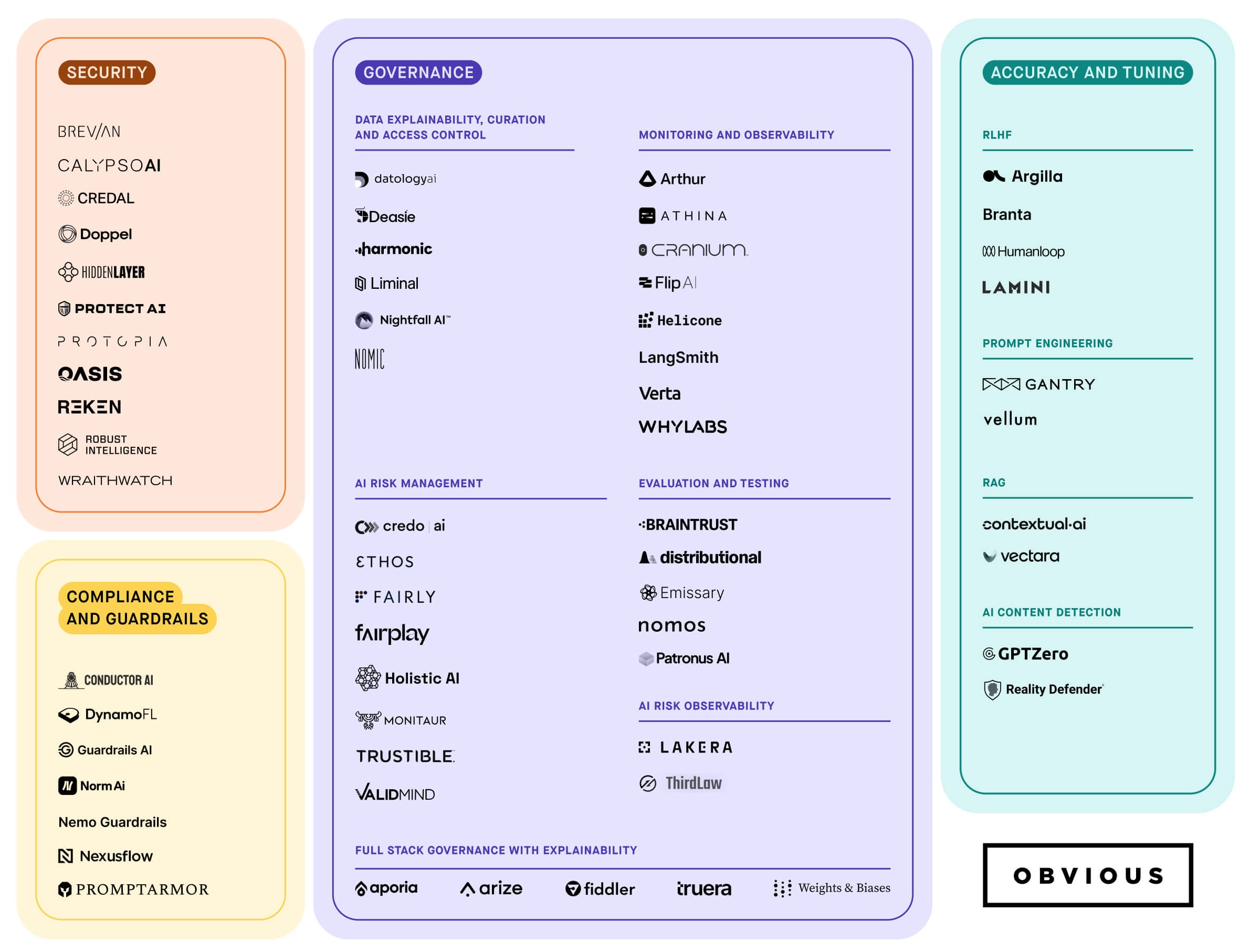
A visual representation of AI ethics and best practices in usage (Source: Obvious Ventures)
Looking Ahead: Future Innovations in AI and Predictive Analytics
The landscape of AI and predictive analytics is continually evolving, with upcoming innovations set to influence the way content is created and consumed. Key trends to watch for include the emergence of hyper-personalization, advancements in real-time analytics capabilities, and the potential integration of quantum computing in data analysis.
As AI technology advances, predictive models will become even more sophisticated, offering increasingly accurate forecasts. This capability will allow businesses to tailor their content to meet immediate audience needs, improving the user experience across various platforms.
Moreover, the automation of content creation processes is expected to expand, enabling content creators to deliver relevant material more efficiently without sacrificing quality. Reports indicate that by 2025, a significant proportion of business content may be generated by AI, emphasizing the need to adapt to these changes.

A graphic illustrating expected advancements and innovations in AI technology (Source: Bernard Marr)
Conclusion
Incorporating AI-powered predictive analytics into your content creation strategy not only enhances your ability to predict trends but also allows you to tailor your marketing efforts to better resonate with your audience. By leveraging insights from predictive analytics, utilizing tools like Anyword and HubSpot AI, and responsibly addressing ethical considerations, you can improve your content strategy and achieve measurable results.
As you look to the future, staying informed about innovations in AI will be essential for navigating the competitive landscape of content creation and effectively engaging your audience in meaningful ways.
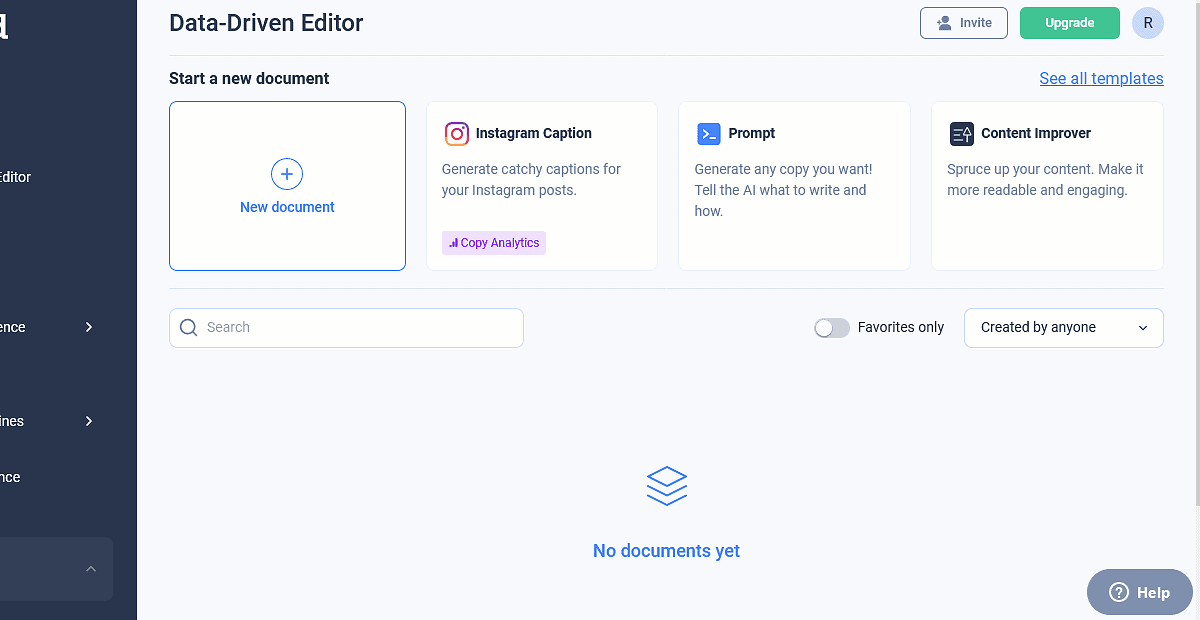
கருத்துக்கள் (0)
உள்நுழைக சர்ச்சையில் பங்கேற்க அல்லது .